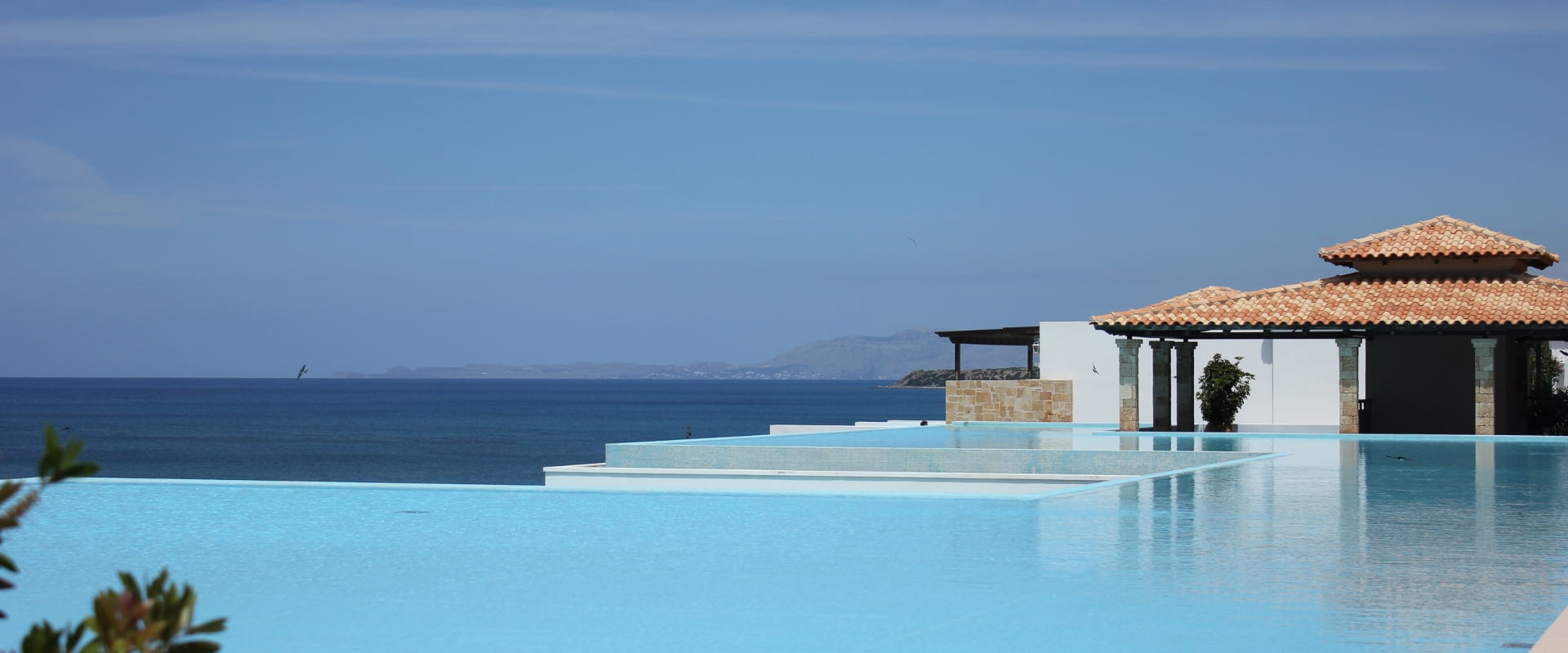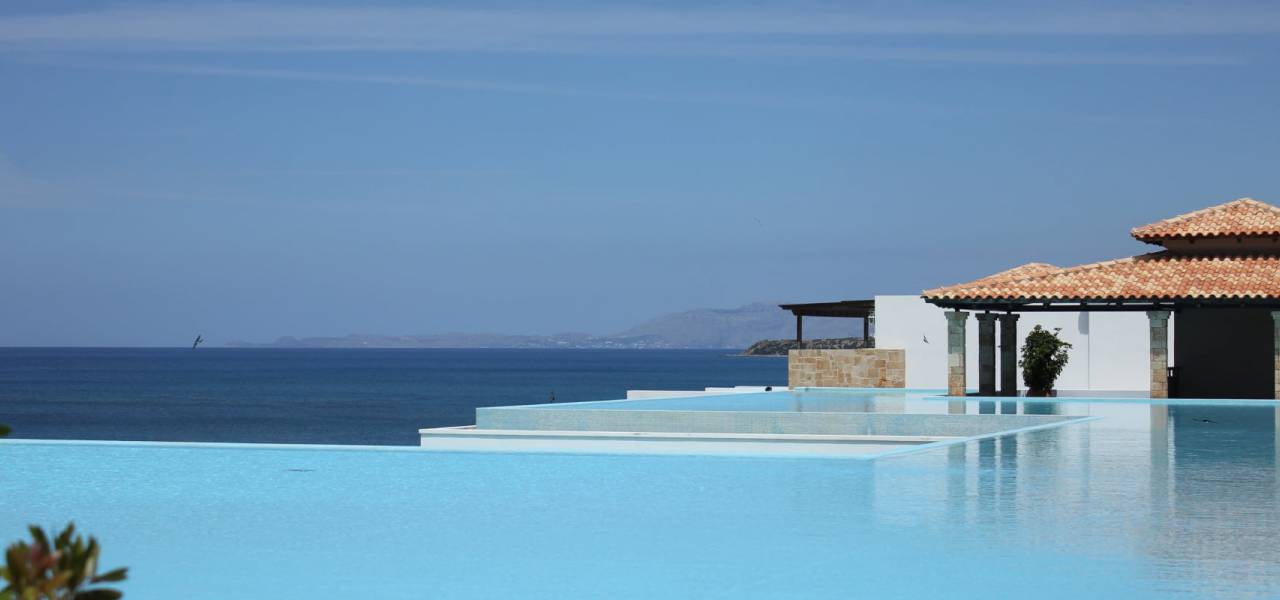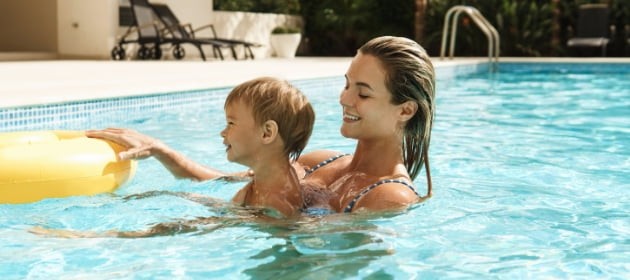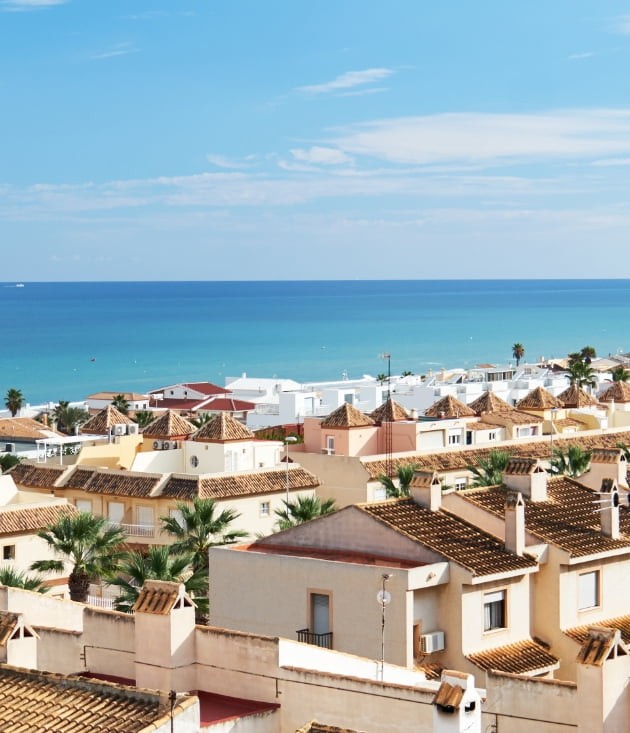Torrevieja
The fine white sand of Torrevieja beaches is one of the main attractions for visitors,as well as the calmness of the waters. The warm Mediterranean Sea is crystal clear and calm and most beaches provide entertainment areas for children, volleyball fields, water slides, showers and cafes along the promenades for refreshments.
There are numerous glorious beaches, as you would expect in the Torrevieja area. La Mata, La Zenia, Playa Flamenca, Los Locos, El Cura and Lo Ferris to name just a few. These are some of the best (blue flag) beaches in the Mediterranean and most have entertainment area for children, volleyball nets, bars and restaurants. Plus of course, golden sand and crystal clear water. The climate and the beaches lend themselves to a variety of water sports like water skiing, wind surfing and surfing.
Playa del Cura beach is one of the most popular since it has games for children, showers, rent of hammocks and service of alertness of the Red Cross. It possesses numerous bars and restaurants.
Los Locos Beach, also called El Salaret beach is made of fine golden sand, with clear blue waters. Towards the north, the environment becomes marked by a succession of small coves that spread up to Cabo Cervera. This part of the beach has been adapted for persons of limited mobility. This beach has parking, red cross, lifeguard and special handicapped persons facilities, ice-cream stand, newstand, restaurants, bus stop, promenade, public phones. You can practice here Windsurfing, watercycles, water tube and water parachuting.
Playa de los Naufragos has a semi urban aspect, it shows a few clean waters and a thin sand of an almost white color. The beach is always well visited. Only one kilometre from here you can visit Torrevieja Marina Internacional. This marina has excellent installations with a restaurant, shops and other services for marine sports. Torrevieja is the home port of the largest fleet of sailing boats in the Mediterranean. Today the esteemed Real Club Nautico of Torrevieja & Puerto Deportivo Marina holds in excess of 1500 mooring places of high quality.
Playa del Cura also has the Blue Flag award. This beach has parking, red cross, kids park, water ski, taxi stand, Promenade, bus stop, restaurants, special handicapped persons facilities, public phones, beach umbrellas and hammocks, cleaning service and waste bins. You can practice here beach sports like windsurf and watercycles.
Torrelamata Beach has many attractions for diving and the practice of nautical sports. Torrelamata beach is a beach that has very many services, ideal for the family. The beach is always very clean and there are lifeguards for your security. The water has a wonderful blue colour and is crystal clear. This beach has special handicapped persons facilities, parking, showers, cleaning service, waste bins, public phones, and restaurants.
Los Alcazares
The golden sandy blue flag beaches of Los Alcazares are located on the Mar Menor which is a salt-water lagoon separated from the Mediterranean Sea by a 17km long strip of land called La Manga. The Los Alcazares beach is 7km in length with an attractive promenade walk to the town centre and beyond.
This beautiful part of Spain is quite unknown to many people and probably "Spain's Best Kept Secret" with the beautiful Mar Menor (little sea) a saltwater lagoon divided from the Mediterranean by the La Manga strip, a natural breakwater which has progressively enclosed it. Almond trees, palms and windmills add to the beauty of the landscape of this area.
There are wonderful sailing and water skiing facilities on the lagoon, without any waves and very shallow waters, this makes the ideal beach holiday or permanently living area, especially for families with children due to it being so safe. The bay is famous for visitors with rheumatic, arthritic and skin problems, at one part of the beach there is a natural mud bath and so it offers therapeutic results in comparison to the Black Sea.
Los Alcazares offers seven kilometres of coast line with the town center practically situated on the shores of the Mar Manor. The coastline is divided into the following beaches from north to south, and some of these with the blue flag awarded by EU: Las Salinas beach Los Narejos beach Las Palmeras beach Espejo beach Manzanares beach Carrion beach La Concha beach. All these beaches are connected by means of a magnificent promenaded. These are fully equipped with showers, fountains, ways and paths for the handicapped, and also cater for games and sports.
The Mar Menor apart from being the biggest open air health spa in the world, is also considered as one of the best areas for regatta and certain water sports which can be practiced all year round. The Mar Menor is ideal for water sports. There are numerous sport-centres which have facilities to allow top-sportspersons the opportunity to prepare for their tournaments and competitions, in a fantastic environment. It also offers countless possibilities for wind-surfers and every kind of sailor. There is very little movement and hardly any waves. There are several diving, sailing and canoe training schools where one can learn the technique of the sports and lots of opportunity to practice newly acquired skills.
















